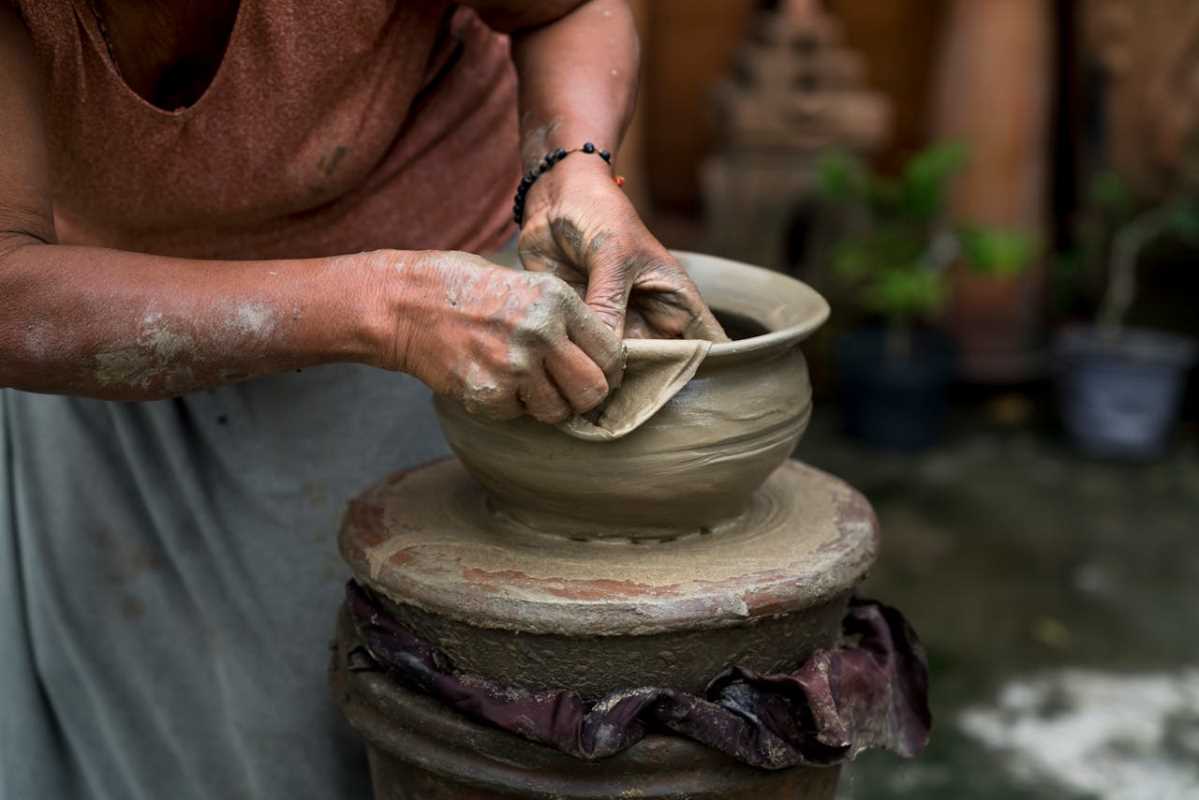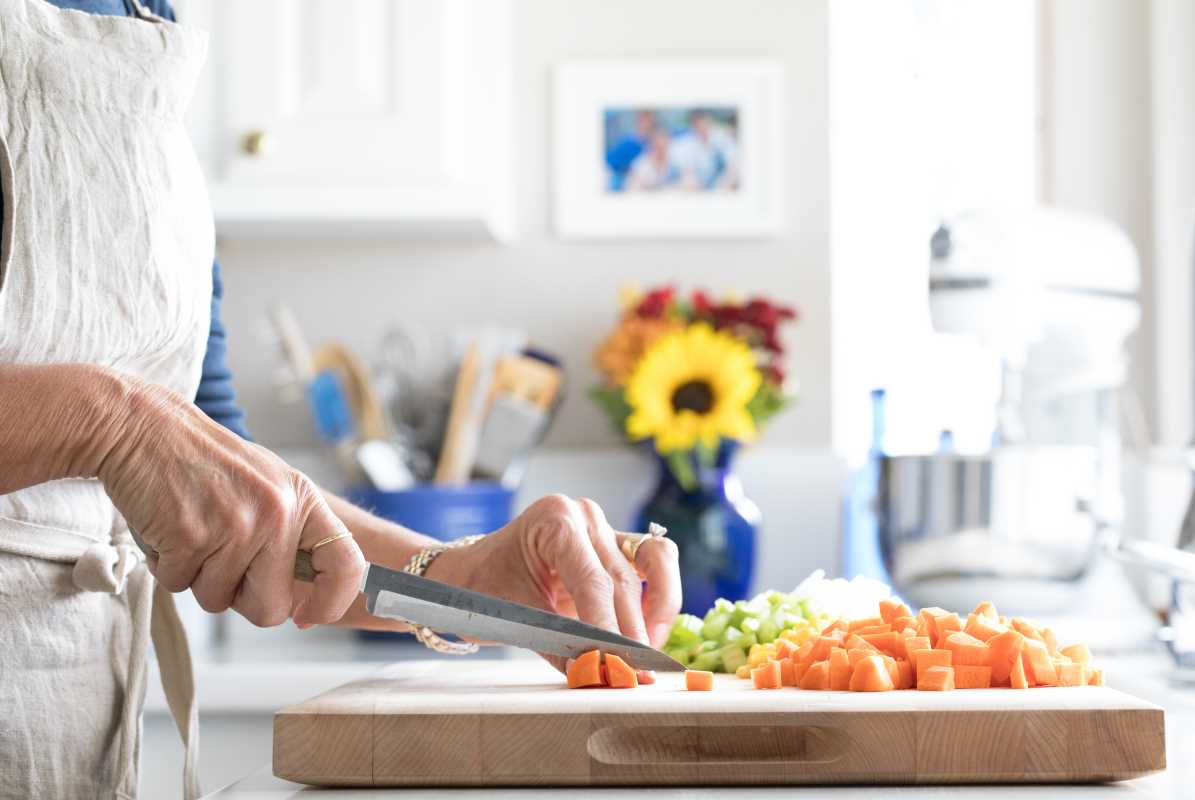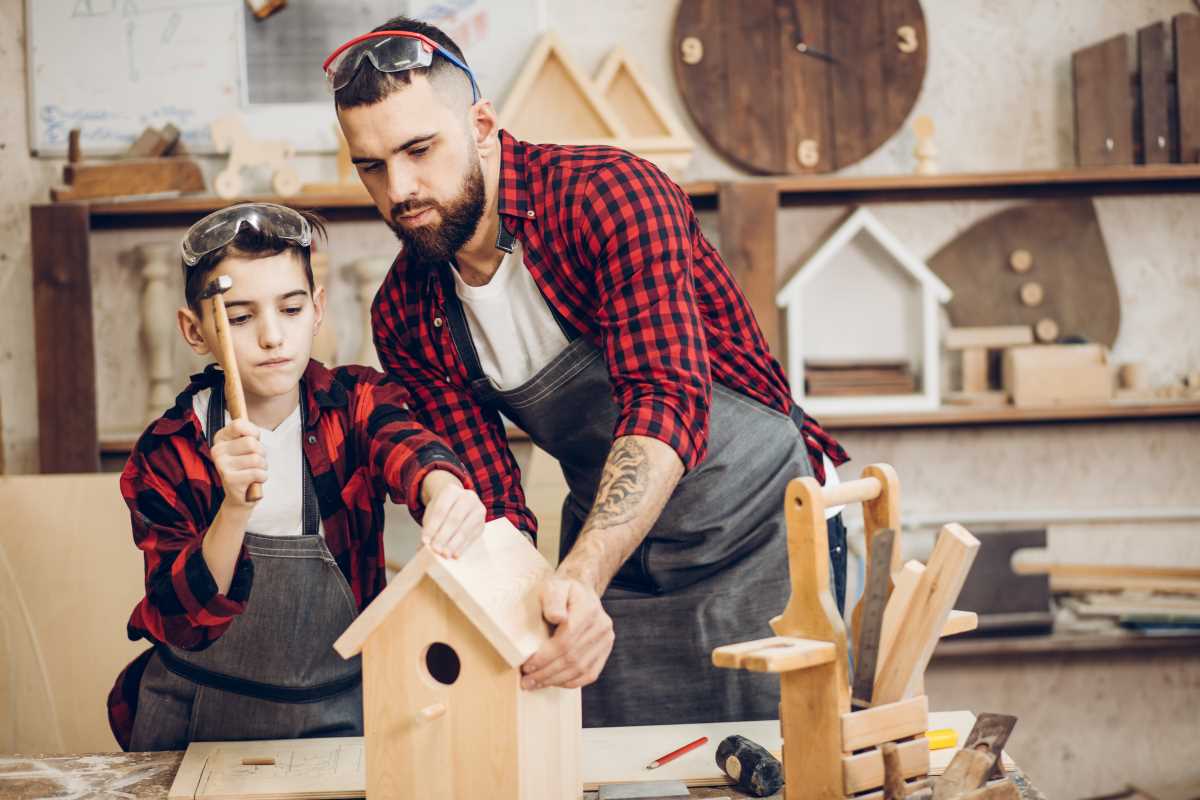In the search for calm, we often overlook the power of our own hands. We try meditation apps, exercise routines, and mindfulness techniques, but sometimes the most effective way to quiet a busy mind is to engage it in a tangible, creative task. Working with clay—whether it’s sculpting a figure or simply molding a formless lump—is a deeply therapeutic activity that can significantly reduce stress and improve your mental well-being.
This hands-on art form pulls you into the present moment, offering a much-needed escape from daily worries.
The Therapeutic Power of Touch
From the moment you press your fingers into a cool, soft piece of clay, something shifts. The tactile sensation is grounding, immediately connecting you to the physical world and pulling your attention away from anxious thoughts. This is no accident; engaging our sense of touch has a powerful effect on the nervous system.
Engaging Your Senses
Working with clay is a full sensory experience. You feel the texture of the material, see its shape change, and even smell its earthy scent. This multisensory engagement requires your full attention, making it difficult for your mind to wander to stressors like work deadlines or personal worries. It's a form of active mindfulness, where you become completely absorbed in the here and now. The simple act of kneading, rolling, and shaping the clay can be incredibly soothing, much like squeezing a stress ball.
A Release for Pent-Up Energy
Physical tension often accompanies mental stress. The repetitive and physical nature of working with clay—wedging (kneading) it to remove air bubbles, pinching, coiling, and shaping—provides a healthy outlet for this stored energy. It allows you to release tension from your shoulders, hands, and arms in a productive and creative way. This physical release can leave you feeling calmer and more relaxed, both mentally and physically.
A Form of Active Meditation
While traditional meditation involves sitting still and focusing on your breath, working with clay offers a more dynamic path to the same goal: a quiet mind. It’s a form of active meditation that can be especially helpful for people who struggle with being still.
Finding Your Flow State
Have you ever been so absorbed in an activity that time seems to disappear? This is known as a "flow state," a mental space of deep focus and enjoyment. Sculpting and clay work are excellent triggers for flow. As you become engrossed in the process of creating, your self-consciousness fades, and the chatter of your inner critic goes quiet. This state is not only deeply enjoyable but also incredibly restorative for your mind, providing a genuine break from mental fatigue.
Improving Focus and Concentration
Our daily lives are filled with digital distractions that pull our attention in a dozen different directions at once. A clay project demands your undivided focus. You must concentrate on the form, balance, and details of your creation. This sustained focus acts like a workout for your brain, strengthening your ability to concentrate. Over time, this improved focus can carry over into other areas of your life, helping you stay on task and feel less scattered.
Creative Expression Without Words
Sometimes, stress and difficult emotions are hard to put into words. Art provides a non-verbal language to express what you’re feeling. Clay, in its three-dimensional and forgiving nature, is a particularly powerful medium for emotional release.
Channeling Emotions into Form
You don’t need to be a professional artist to benefit from this. You can pound the clay flat to release anger, gently shape it into a smooth, calming form to soothe anxiety, or build something intricate to represent a complex problem you're working through. There are no rules. The goal isn’t to create a masterpiece but to allow your feelings to flow through your hands and into the material. This process can provide a sense of relief and help you process emotions you may not have even been consciously aware of.
Embracing Imperfection
Clay teaches a valuable life lesson: the beauty of imperfection. Your first few creations might not look how you imagined. They might be lopsided, cracked, or uneven. And that’s perfectly okay. The Japanese aesthetic of wabi-sabi celebrates the beauty in imperfection and transience. Embracing this mindset can help you let go of perfectionism, a major source of stress for many people. Learning to love your unique, imperfect creations can help you be kinder and more accepting of yourself.
The Joy of Accomplishment
In a world where much of our work is digital and intangible, creating something physical with your own hands provides a unique and powerful sense of accomplishment.
A Tangible Result
At the end of a sculpting session, you have a physical object to show for your time and effort. It might be a simple pinch pot, a small animal figure, or an abstract shape. Holding this finished piece in your hands provides a tangible sense of achievement that can significantly boost your mood and self-esteem. This feeling of competence helps counteract feelings of helplessness or being overwhelmed that often accompany stress.
Building Confidence
Successfully turning a lump of clay into a recognizable form, no matter how simple, builds confidence. With each project, you learn new techniques and refine your skills. This process of learning and improvement reinforces the idea that you are capable and can master new challenges. This newfound confidence can empower you to tackle other stressors in your life with a more positive and proactive mindset.
How to Get Started with Clay
Feeling inspired to give it a try? Starting with clay is easier and more accessible than you might think.
- Try Air-Dry Clay: This is the perfect starting point as it requires no special equipment like a kiln. You can find it at any craft store. Simply create your piece and let it harden at room temperature.
- Look for a Local Pottery Studio: Many communities have pottery studios that offer introductory workshops or one-time classes. This is a great way to learn basic techniques like using a pottery wheel or hand-building from an experienced instructor.
- Find a "Clay and Sip" Night: For a more social and low-pressure experience, look for events that combine creating with clay and enjoying a beverage. It's a fun way to try it out with friends.
- Get a Beginner's Kit: Many companies sell all-in-one kits that include a small amount of clay, basic tools, and instructions for a simple project.
- Don't Focus on the Outcome: Remember, the primary goal is stress relief, not creating a masterpiece. Allow yourself to play, experiment, and enjoy the process without judgment.
 (Image via
(Image via.jpg)





